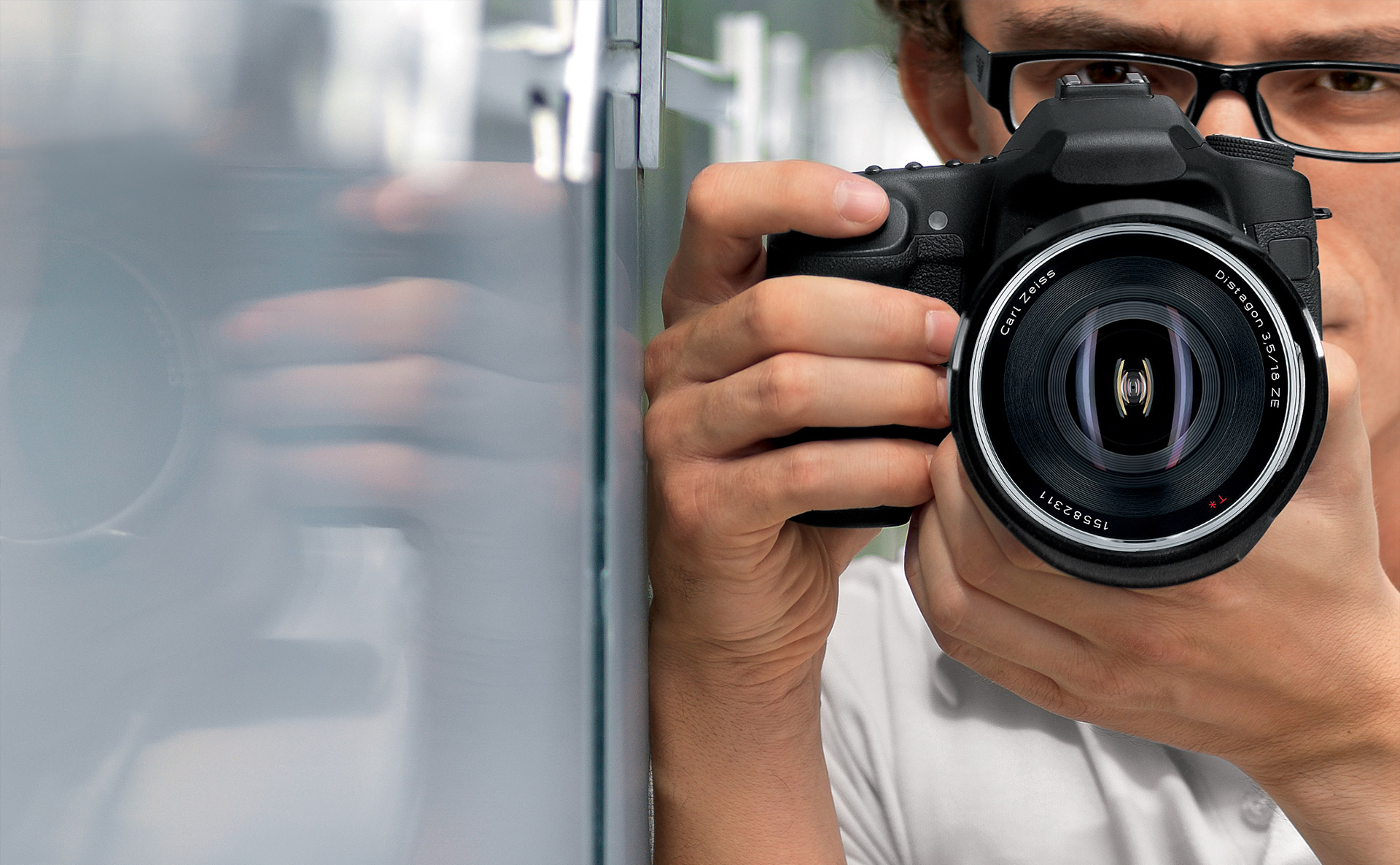Zeiss has been represented on the African continent for the past 75 years, as part of the renowned global organisation. With branches in the Western Cape and Kwa-Zulu Natal, the South African company headquarters is situated in Randburg, Gauteng and today houses the sectors of Industrial Metrology, Medical Technology, Microscopy and Sports Optics.
Zeiss as whole is an international leader in the fields of optics and optoelectronics, having been contributing to technological progress for more than 165 years. It produces solutions for the semiconductor, automotive and mechanical engineering industries, biomedical research and medical technology, as well as eyeglass lenses, camera and cine lenses, binoculars and planetariums. The South African arm of the company, a wholly-owned subsidiary of Carl Zeiss Germany since 1974, focuses on several key aspects of the Zeiss portfolio. As the leading manufacturer of microscope systems, complete solutions are on offer for biomedical research, the healthcare sector and high-tech industries, constantly enabling new standards of care. These solutions span dentistry, oncology, even neurosurgery, and retain a special focus on ophthalmology, ophthalmic surgery and visualisation systems in the field of microsurgery.
With its experience in lithography optics and other optical systems, Zeiss enables its customers across the world to produce extremely powerful microchips via its Semiconductor Manufacturing Technology. Crucial to the technologies at the heart of the modern world, the semiconductor equipment developed and manufactured by Zeiss forms the basis of the microchipsused in nearly every technical device today. A diverse product portfolio covers a wide range of key processes in microchip manufacturing, including optical lithography and mask optimisation. Technologies advancing the miniaturisation of the structures on microchips enable chip manufacturers to produce microchips that are increasingly smaller, faster and more energy-efficient per functional unit. Research and development both play primary roles for Zeiss, an approach exemplified by a plant in Oberkochen which is unique worldwide with regards research opportunities in semiconductor technology.
Metrology, meanwhile, refers to the science of measurement, and Carl Zeiss solutions are employed by near every industry conceivable – among them automotive, aerospace and energy. Perhaps most illustrative of this is the newly conceived Zeiss O-SELECT digital measuring projector which is able to eliminate measuring errors due to operator influence, thanks to fully automatic setting of both illumination and focus. This is becoming ever more important, as optical and contact coordinate measuring machines continue to replace manual equipment such as goniometers, gauges and profile projectors in production environments. With these manual tools, the potential influence of the operator is significant, an influence which O-SELECTis reducing to a minimum, and complex measurements can be completed quickly, traceably and reproducibly.
Zeiss’s spectroscopy solutions are again found in numerous industries, be this agriculture, food, glass, solar or the chemical branch. From Ultraviolet (UV) to Near-infrared (NIR), among its principal applications are in colour management, where a spectrophotometer is used to take measurements in the visible region of the wavelength range. The use of white light interference is a proven excellent method for measuring layer thickness, while NIR spectroscopy is a well-established technology for achieving accurate online moisture measurement.
Among such a wealth of diverse product spheres, perhaps most synonymous with the Carl Zeiss name, certainly in recent years, is the company’s expertise on camera lenses, used by millions of photographers all over the world. This might be in SLR or rangefinder cameras, in Sony compact cameras or in Nokia smartphones. Zeiss’s cinematography lenses have captured era-defining images in some huge films, and have already been on the receiving end of three Technical Academy Awards, offering a host of options to enable shots that would have been considered impossible before. Zeisslenses also have technical applications,assisting scientists and engineers in a range of situations, from quality assurance to satellite optics.
Boasting a comprehensive spectacle lens and diagnostic instruments portfolio, vision care is among Zeiss South Africa’s primary focusses. Vision in the digital age is increasingly affected by digital devices such as smartphones and tablet computers, with a typical user looking at a digital display between 60 and 80 times a day. As a direct result, we are using our close-up vision more than we used to, and generally in a highly focused way. Zeiss’s progressive lensesoffer smooth vision from near to far, and provide natural, comfortable vision, its 100 years of experience in the production of precision spectacle lenses creating four different types. The Zeiss progressive lens portfolio offers four performance levels and seven technologies, some of which are the first of their kind anywhere in the world, providing clear vision at any distance.
Underpinning the entirety of Zeiss’s vision is an unbending policy of innovation at every step, allowing the kind of progress and remarkable development in evidence across its product range. Dr Michael Kaschke, President and CEO of Zeiss, makes this most explicit as he states: “Innovation is a way of life at Zeiss. You might even say it is in the company’s genes. Optical technologies are key technologies for our future. Their technological and scientific applications will increasingly appear in our daily lives.”
Due for launch in January 2016, Zeiss’s new DriveSafe lenses are specifically designed to meet the vision needs of people who want to feel safer and more comfortable when driving with their everyday lenses. It is no secret that many people feel uncomfortable and stressed when driving, especially in conditions such as rain and mist, or at dusk or night, and thus Zeiss has combined its Luminance Design® Technology, DuraVision DriveSafe Coating and DriveSafe Lens Design to afford better vision in low light and reduced glare at night, giving the user full command of the road and the visibility they have come to expect from Zeiss.

